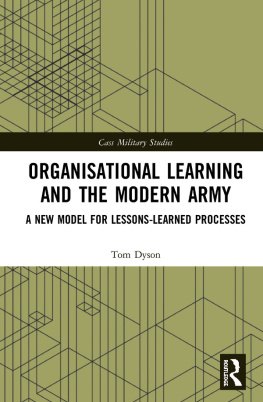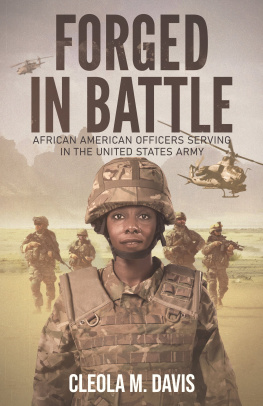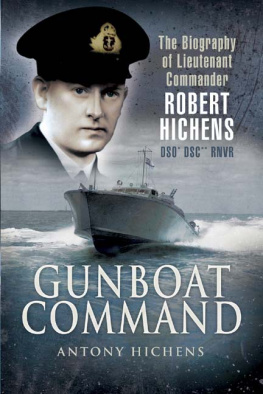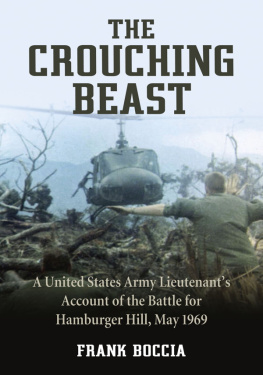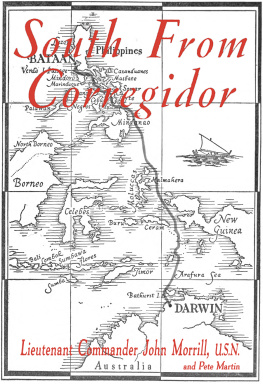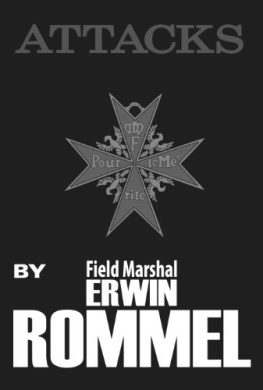
This edition is published by PICKLE PARTNERS PUBLISHINGwww.picklepartnerspublishing.com
To join our mailing list for new titles or for issues with our books picklepublishing@gmail.com
Or on Facebook
Text originally published in 1999 under the same title.
Pickle Partners Publishing 2014, all rights reserved. No part of this publication may be reproduced, stored in a retrieval system or transmitted by any means, electrical, mechanical or otherwise without the written permission of the copyright holder.
Publishers Note
Although in most cases we have retained the Authors original spelling and grammar to authentically reproduce the work of the Author and the original intent of such material, some additional notes and clarifications have been added for the modern readers benefit.
We have also made every effort to include all maps and illustrations of the original edition the limitations of formatting do not allow of including larger maps, we will upload as many of these maps as possible.
PREPARING FOR BATTLE: LEARNING LESSONS IN THE US ARMY DURING WORLD WAR I
By
Lieutenant Commander Glen T. Cullen, USN
TABLE OF CONTENTS
Contents
TABLE OF CONTENTS
REQUEST FROM THE PUBLISHER
ABSTRACT
This thesis examines how well the United States Army of World War I prepared for battle by learning the lessons of modern combat from other nations engaged in war. Armies prepare for war during peace. However, the true validation of doctrine weapons, organization, and training developed in peacetime is war. Hostilities between the Allied and Central Powers raged for three years before the Unites States declared war. This period provided the US Army a unique opportunity to observe how technologies and techniques were effectively employed by French, British, and German commanders.
The question this thesis attempts to answer is: How well did the United States Army apply the experiences of the belligerent nations from 1914 to 1917 in preparing the American Expeditionary Force (AEF) for combat in the European Theater? The thesis starts with a discussion of pre-war Army developments from the Russo-Japanese War of 1904-05 through the last US military action before the declaration of war, the Punitive Expedition to Mexico. The evolution of warfare through French, British, and German experience is described followed by a discussion of the observations of modern warfare by military professionals and how US Army doctrinal publications and operations planning reflected these changes. The thesis then analyses US battlefield performance and influences upon the formation of US doctrine.
ACKNOWLEDGMENT
The author recognizes the excellent support and research assistance rendered by Mr. Richard F. Woodford, Jr., Esq. His exhaustive and insightful scrutiny of National Archives documents was invaluable and greatly enhanced the quality of this thesis.
Special thanks must be expressed to my wife, Laura, and children Cristina, Teresa, Shannon, and Glen Patrick for their support, understanding, and patience throughout this project.
LIST OF ILLUSTRATIONS
Figure
1. The Stabilized Front
2. Western Front 1918
3. Final Allied Offensive
4. Meuse-Argonne Offensive
5. Casualty Statistics 26 September 1918-11 November 1918
CHAPTER 1 INTRODUCTION
The art and science of warfare has always been and will continue to be in a constant state of flux. Throughout history commanders have attempted to grasp the significance of new weapons and technology and modify tactics to accommodate these advances. For most commanders, the effectiveness of new tactics can be analyzed in war games or field exercises. Yet, combat is the only true test. World War I was a proving ground for new weapons, technology, and tactics and for two and a half years, while war inflamed the European continent, the United States Army watched. The Army watched the employment of the airplane, machine gun, tanks, gas, wireless telegraphy, and new tactics. War was declared on 6 April 1917, and the ill-prepared United States Army found itself faced with the challenge of forging an army and transporting it over 3,000 miles of ocean to confront a modern and experienced army.
There was no single event that triggered United States involvement in the conflict but a long series of events leading up to President Wilsons decision to ask Congress for a declaration of war against Germany. On 28 June 1914, an assassins bullet cut short the life of Archduke Franz Ferdinand, the heir apparent to the throne of the Austria-Hungary Empire. The news of this event had little impact on the American people who could not understand how this tragic event in the small Balkan province of Bosnia could affect their lives. {1} The isolationist history of the United States further assured Americans that this event in the Balkans was insignificant. At a 27 July 1914 press conference President Wilson reiterated that the United States has never attempted to interfere in European affairs. {2} Within two months of the assassination, the armies of Europe would clash in a bloody war that would last over four years.
As troops massed and war on the continent appeared inevitable, maintaining United States neutrality would become a greater challenge. Many Americans had ethnic ties to the nations at war and sympathy for any nation seemed only natural. Once hostilities started, the warring nations made it equally difficult to justify which side symbolized the more noble cause. Britain proclaimed the Declaration of London which established a blockade of Germany that Germany countered with a blockade of the British Isle. Both acts were clearly illegal under international law. Nevertheless, on 18 August 1914, the President passionately appealed to the American people to act and speak in the true spirit of neutrality. {3} In eight months, neutrality would be more difficult as the war touched closer to home when American blood was spilled off European shores.
Unlike the British blockade, the German blockade proved to have direct consequences for the United States. In February 1915 the German government declared a submarine warfare zone around Britain and stated German submarines would sink belligerent merchant vessels sighted in this zone. Three months later on 7 May 1915, a German submarine torpedoed the British Cunard passenger liner Lusitania off the Irish coast with a loss of over eleven hundred civilians including one hundred twenty-eight Americans. The United States was outraged at this aggressive act and many demanded an immediate declaration of war against Germany. Instead President Wilson opted for diplomatic protests and demanded assurance from the German government that an act of this sort would not be repeated. Diplomatic efforts succeeded and the German government promised not to torpedo unresisting passenger liners. {4}
Despite their promise, the German commitment to submarine warfare was manifest once again thirteen months later. On 24 March 1916, a German submarine torpedoed without warning the unarmed French passenger ship Sussex in the English Channel. Though no Americans perished, several were seriously injured. In response, President Wilson issued an ultimatum to the German government stating that diplomatic relations would be cut unless Germany ceased its campaign against passenger ships and merchant vessels. {5}




